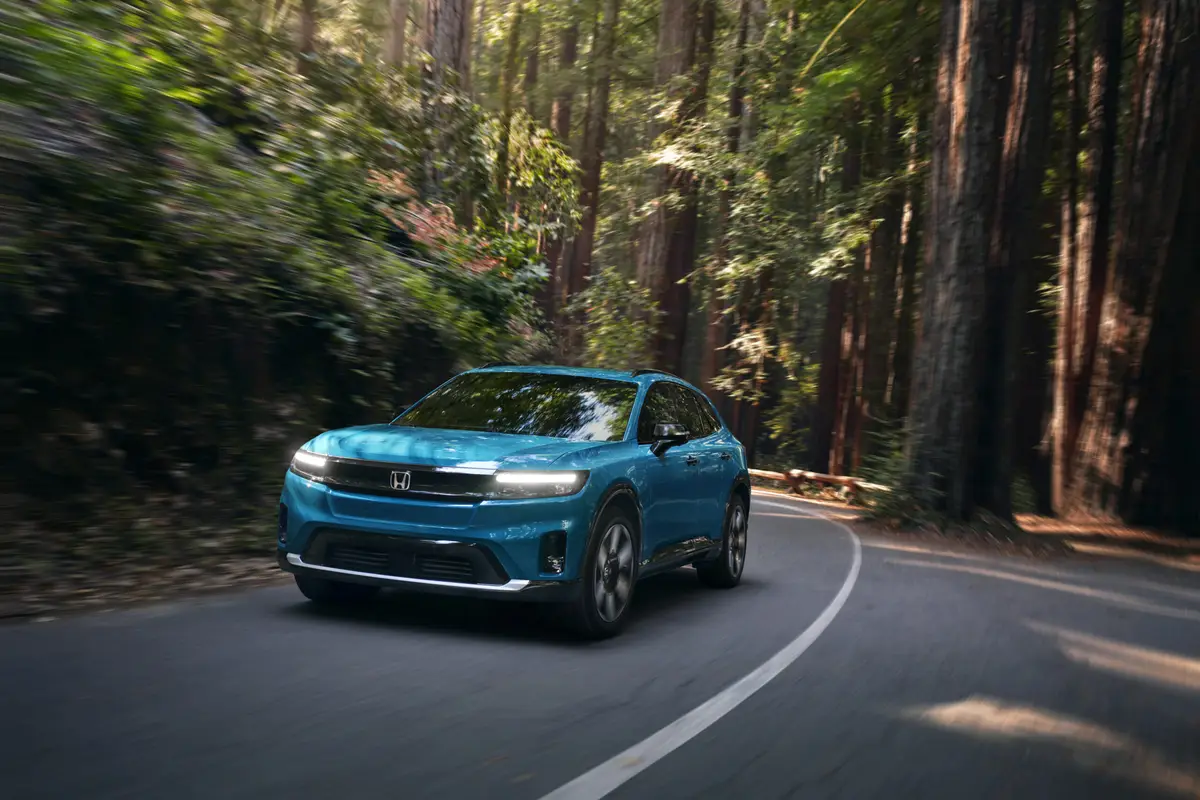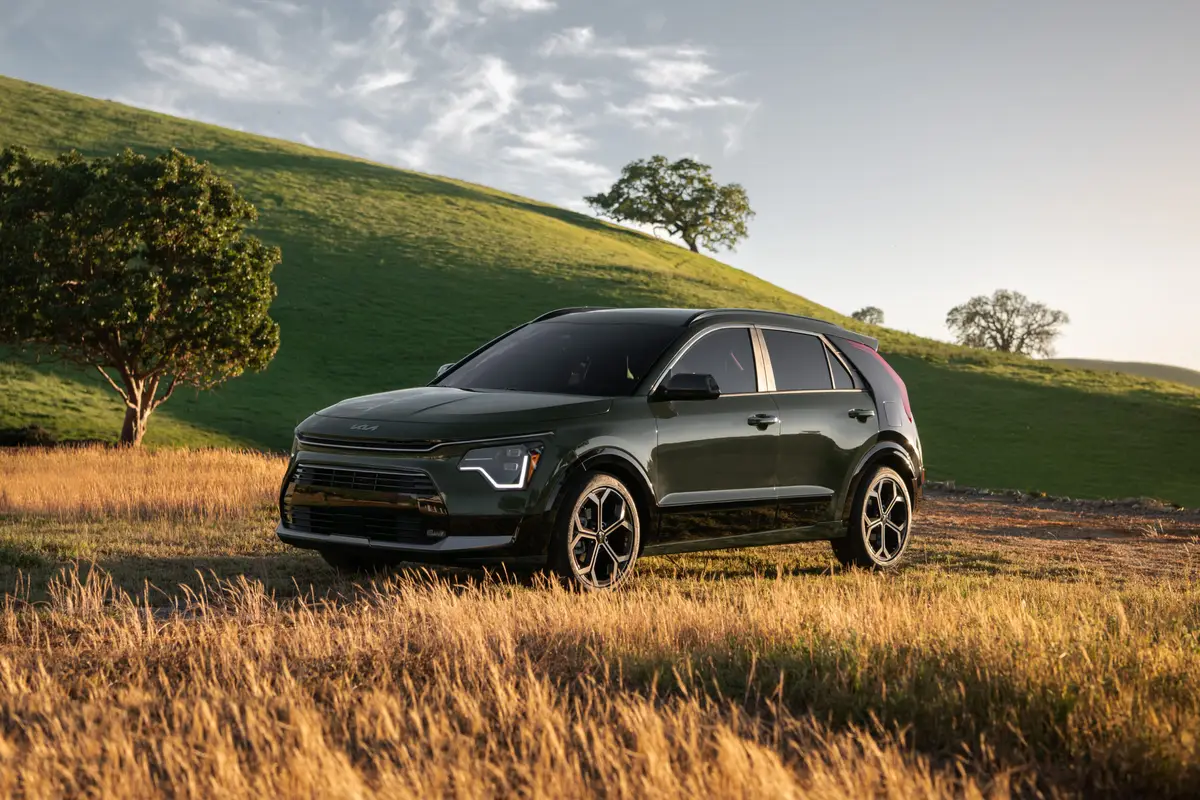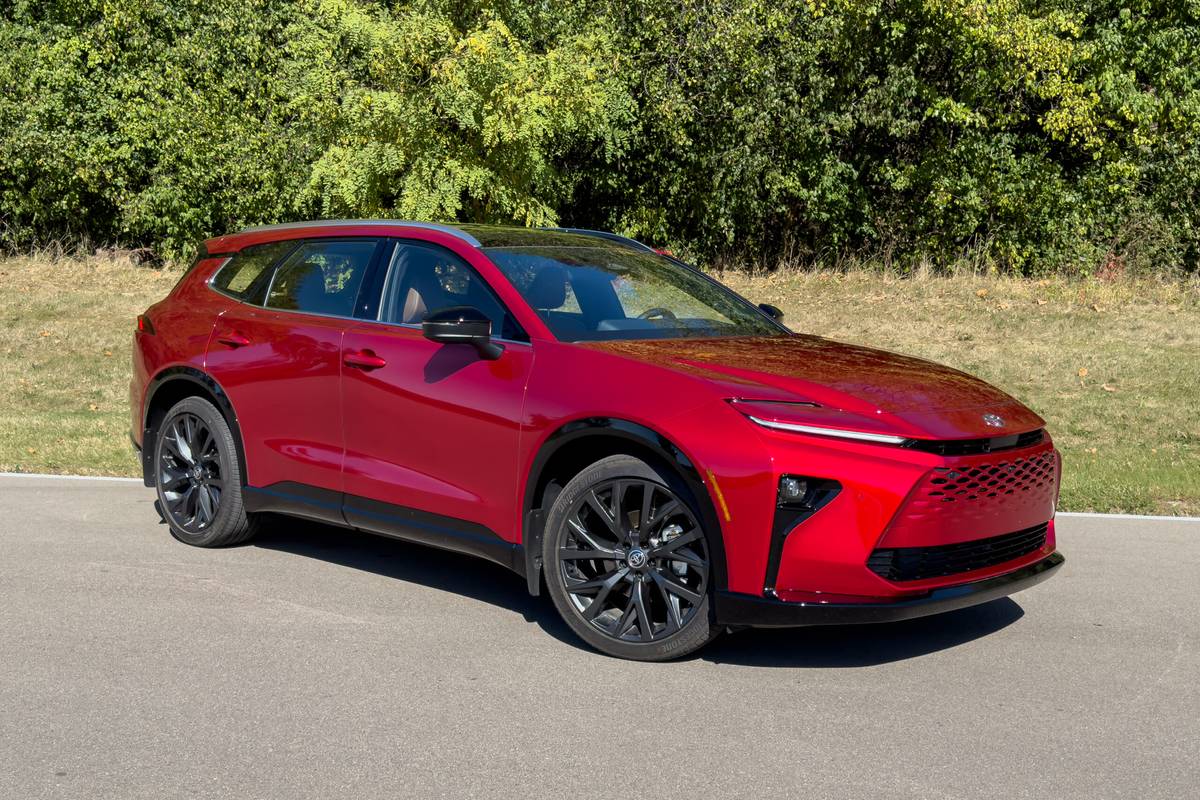washingtonpost.com's view
No one in America wants to grow old. At least that’s what many automakers think. As a result, they are going overboard in their attempt to appeal to younger buyers — even to the point of renaming the obvious.
In the new Orwellian world of autospeak, a station wagon is no longer a station wagon. It’s a “sports wagon,” as is the case of this week’s test car, a 2002 Lexus IS 300 SportCross. That means it is a cross between a “sports sedan” (as opposed to a regular sedan?) and a traditional station wagon.
Similarly, hatchbacks are no longer hatchbacks in the United States, though European buyers willingly accept them as such. The problem is that in America hatchbacks are viewed as fuddy-duddy economy cars, the kind supposedly driven by underfunded middle-agers and senior citizens who need the most practical, affordable car possible.
Thus the hatchback concept in America is inconsistent with the American notion of luxury, performance and “sport.” That is why Lexus marketers describe the IS 300 SportCross, which is in every way a hatchback, as a car with a “versatile four-plus-one-door body style.”
On the surface, this revised automotive nomenclature seems profoundly silly business that borders on an insult to common sense.
But the people at Lexus say it isn’t so. It is a matter of dollars and cents, buyers or no buyers, they say. The company’s marketers put it this way:
“With the IS 300, Lexus tapped into a base of much younger buyers who enjoy driving and who value style. Lexus did not feel that a pure wagon — even one imbued with sporty characteristics — would have strong appeal to the people the IS 300 attracts to the brand.”
To all of that, I say: “Baloney!”
The truth is that the first IS 300, the five-speed automatic E-Shift Sport Sedan introduced in 2001, was too adolescent and impractical to attract a wide range of buyers.
Lexus simply discovered what most of us already knew. Not only are young people not all the same, old people aren’t either.
There are young people who want nothing more in a car than a machine that goes fast and handles well, as if all the world were a racetrack. There are young people who might crave speed and handling but who also have infants and toddlers. They are more in need of a vehicle that can carry baby strollers, child safety seats and bags of Huggies — the kind of expanded but still limited utility offered by the IS 300 SportCross.
On the other hand, there are old people who are deep into anti-aging. They do everything in a futile campaign to remain young, including buying whiz-bang “Star Wars” cars such as the IS 300 automatic and manual sedans.
There also are old people who see aging as a normal process, as something to be neither feared nor fought. They realize that — fast or slow — we eventually all wind up at the same place. Their acceptance of that truth allows them to enjoy life in its entirety, to appreciate station wagons and hatchbacks for what they are.
That is why all of the money poured into marketing the IS 300 SportCross as something that it isn’t strikes as being a gross waste of cash and intelligence.
Look at this car. Surely, it has avant garde exterior design — sharp, tightly drawn angles and lines. But the rear hatch still looks like the hatch. The rear passenger seat still folds down to allow more space for baby strollers and other family stuff. Heck, as is the case with most station wagons, there is a rear seat-back table and power outlet for tailgate parties.
Yes, the IS 300 SportCross is fast, and it handles extremely well. But it has a softer suspension than either of the two IS 300 sedans. That’s reasonable. It’s one thing for recalcitrant throttle-jockey adults to feel the road, but their tender babies might not enjoy the excitement of such a ride.
Latest news



